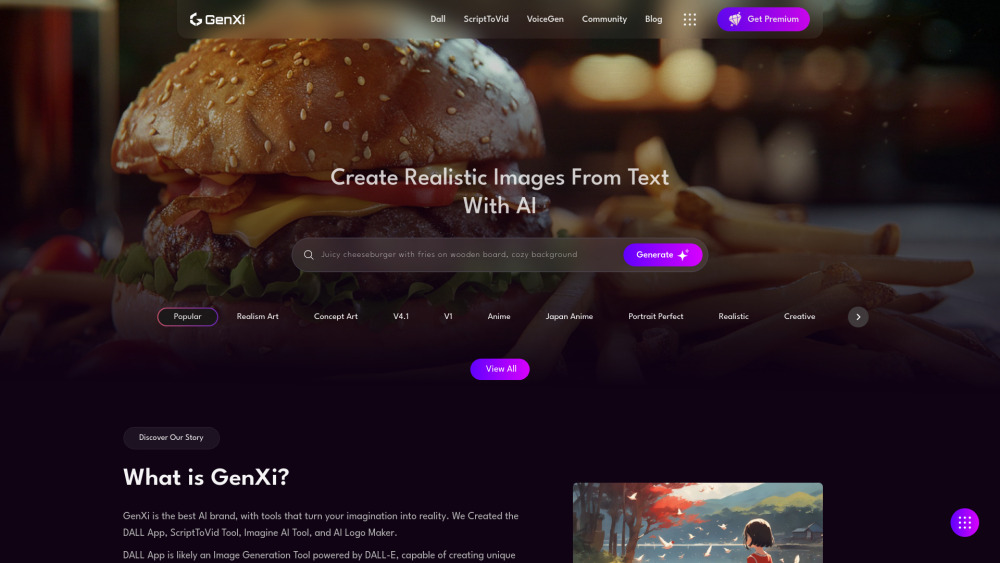Navigating AI Security in the Digital Era: Insights from the 2024 Internet Security Conference
The recent "Global Blue Screen" incident highlighted just how dependent modern society is on information systems. As we transition into an era dominated by AI and big data, a crucial question arises: how can we ensure network security? Industry experts shared their insights at the ISC.AI 2024 Internet Security Conference held from July 31 to August 1.
Current AI Limitations
Wang Jingtai, Deputy Director of the Central Cybersecurity and Informatization Commission and the National Internet Information Office, noted that China now boasts over 180 generative AI models that provide public services, with registered users exceeding 564 million. However, he emphasized that these AI systems exhibit significant deficiencies in their foundational theories and applications.
In his keynote speech, Zhang Bo, an academician at the Chinese Academy of Sciences and professor at Tsinghua University, pointed out that while popular generative AI models excel in language generation, natural language interaction, and transfer learning, they are also plagued by what he termed "hallucination" defects—essentially, they sometimes generate false information without realizing it. Zhang explained that this phenomenon arises from the demand for diverse outputs, which inevitably leads to errors unique to generative AI, in contrast to the more controllable errors found in traditional machine systems.
The Unique Security Challenges of AI
Wang Jingtai highlighted the alarming rise in AI-related security threats. These new vulnerabilities include traditional cybersecurity issues as well as unique characteristics inherent to AI, becoming major obstacles to the technology’s adoption. Wu Jiangxing, an academician at the Chinese Academy of Engineering and Director of the National Digital Switching System Engineering Technology Research Center, further elaborated on this with the "three 'intractables'" of AI security: inexplicability, non-inferability, and indistinguishability.
- Inexplicability refers to the difficulty in understanding or explaining how AI derives its conclusions from large datasets.
- Non-inferability means that the quality of the training data directly impacts the AI’s judgment and decisions.
- Indistinguishability denotes AI's incapacity to grasp or respond to entirely novel situations that it has not been trained on.
A Call for Collective Responsibility
Wang emphasized that maintaining cybersecurity is a comprehensive challenge that involves all sectors—governments, businesses, social organizations, and individual netizens must unite to bolster defenses. The safeguarding of critical information infrastructure is paramount, as modern economies increasingly rely on these systems for seamless operation.
As society progresses into the AI era, the implications of network attacks could become catastrophic. Zhou Hongyi, founder of 360 Group, provided a sobering example: the recent software upgrade error by the U.S. company "Zhongji" led to a global aviation standstill, underscoring the vulnerabilities that come with increased reliance on technology.
Zhou reminded us that as systems become more interconnected, the consequences of cyberattacks extend far beyond individual losses. For instance, in a fully autonomous driving scenario, if the car manufacturer's operational network is compromised, the potential fallout could be dire—vehicles might become inoperable or respond erratically due to hijacked command systems.
He also highlighted concerns surrounding the automation of eldercare services through robotics; if these robots were to be commandeered by external attacks, the results could be catastrophic.
As we forge ahead into the AI-driven future, the dialogue around cybersecurity must evolve to address these emerging challenges effectively, ensuring a safe digital landscape for all.





